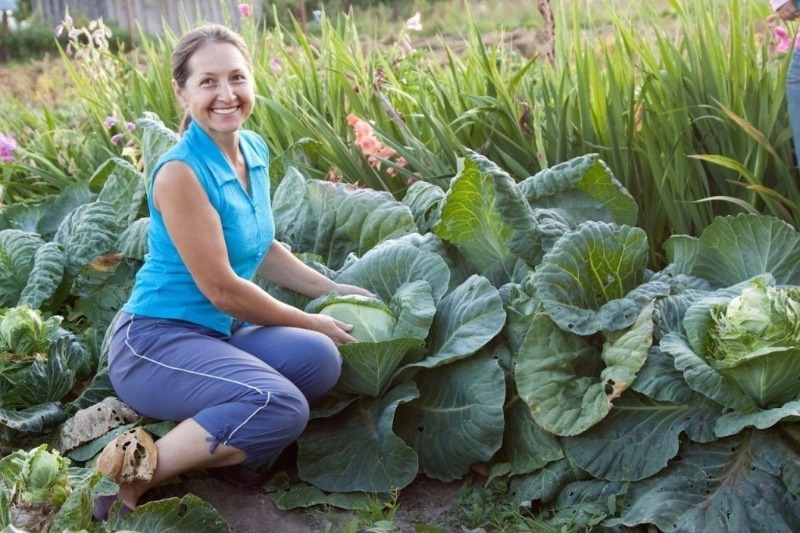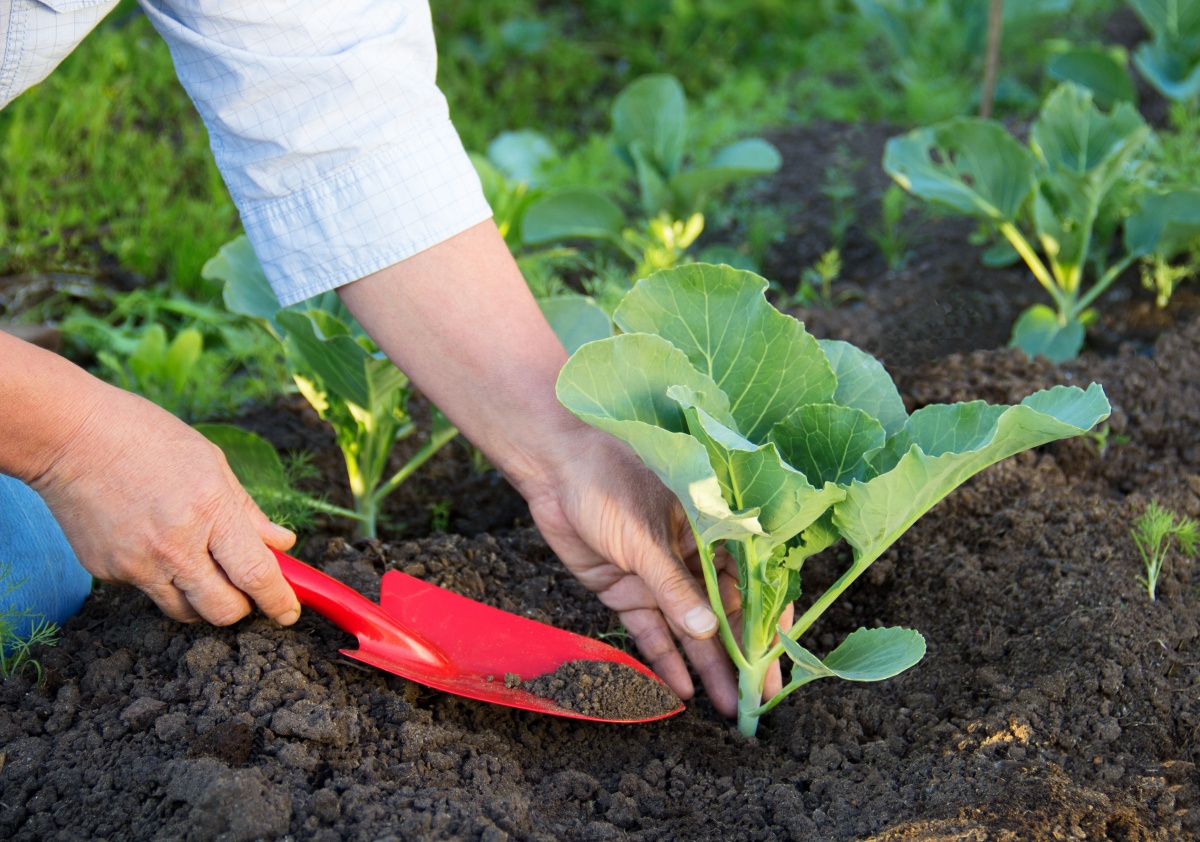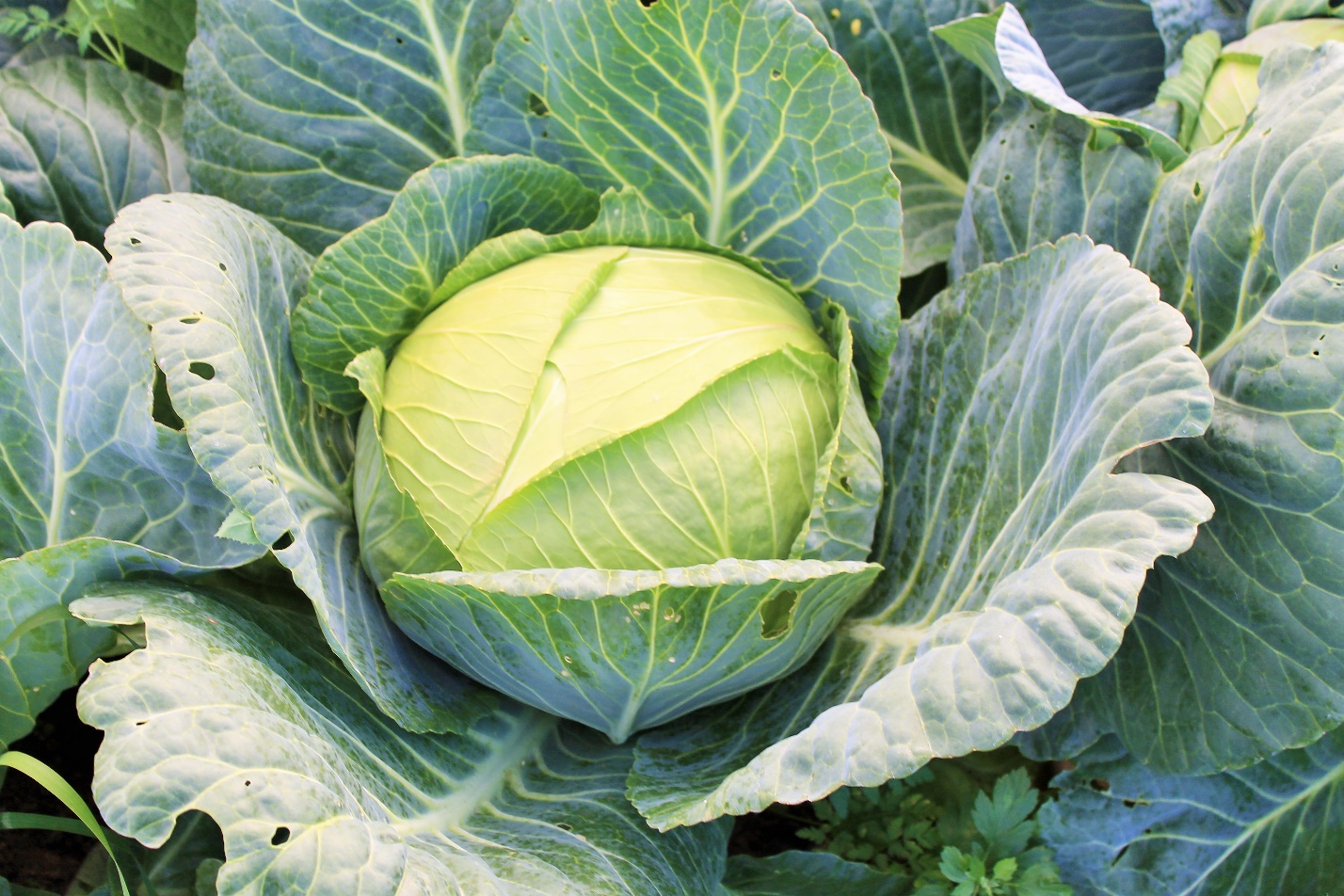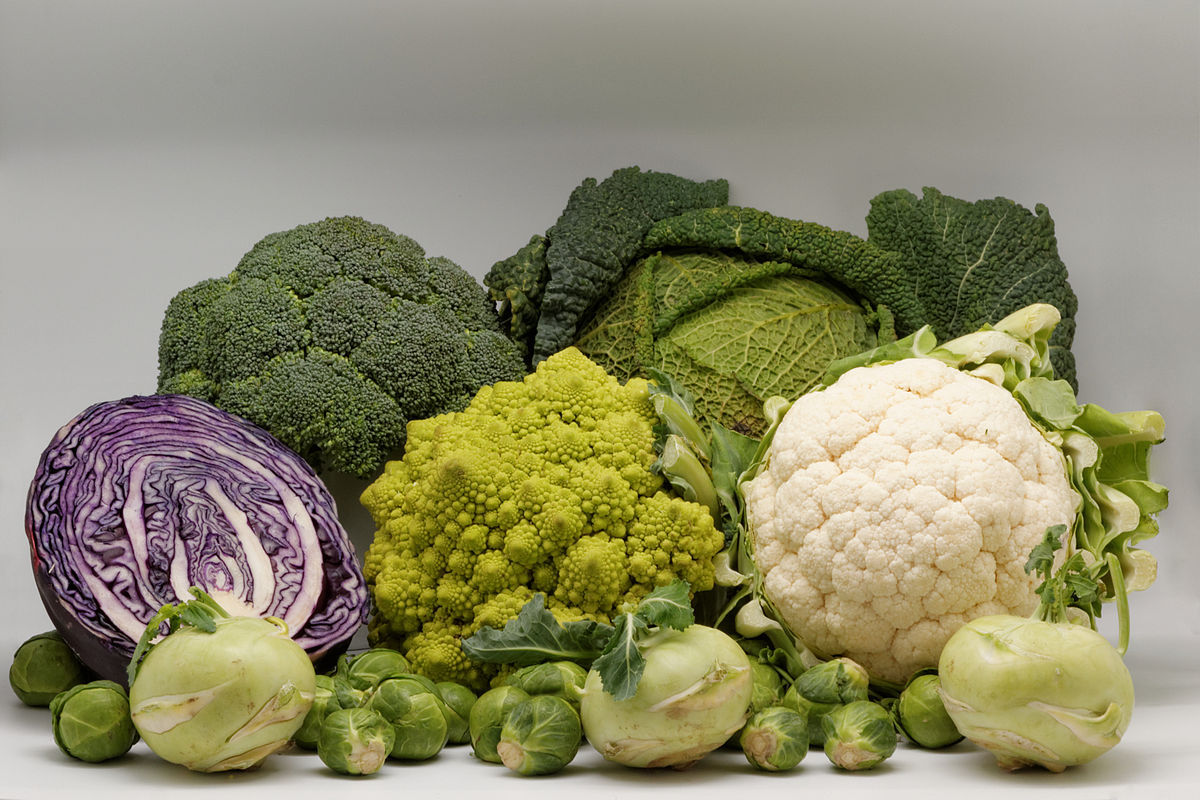White cabbage is a tasty and healthy vegetable that is popular with Russian summer residents. To get a rich harvest, you must first grow healthy seedlings in your home. Useful tips will help you with this.

Decide on a variety
Before going to the store for seeds, decide which variety of cabbage you need. The timing of sowing seeds will depend on this. Decide for what purpose you plant the vegetable - for preparing preparations for the winter or for fresh food. Early varieties are not very productive, but have small forks. Mid-ripening ones have a universal culinary use, and the late ones have excellent keeping quality.
Choose quality seeds
The quality of the seeds will also affect the viability of future seedlings. Therefore, pay extra attention to their selection. It is better to purchase seed not from private traders, but in specialized retail outlets. Make sure that the package is intact and contains detailed information about the manufacturer and characteristics of the variety.
Prepare the right potting mix
Preparation of soil for cabbage seedlings is also of great importance. Take one part of the turf and humus, add a small amount of wood ash to them. Its volume should be 10 tbsp. l. for 10 kg of soil. Ash saturates plantings with nutrients and protects against fungi. Mix all ingredients thoroughly and a suitable substrate is ready.
Many people use peat instead of turf. The soil is light and loose. Never take the land in which the representatives of cruciferous plants grew before, because the cabbage will get infected from them.
Decide on sowing dates
Timing sowing correctly. If planted too early, the seedlings will outgrow. Young seedlings will weaken and will not be able to take root in a new place. If you miss the right moment, then you will have to wait a long time for the harvest.
It is recommended to sow early varieties from March 1 to March 28. Mid-early ones are sown from March 25 to April 28, and late ones - from April 1 to 20. Remember, 50-55 days pass from seed germination to planting on the beds.
Conduct seedbed preparation
Without preparation, there is a risk that the plants will get sick. It is necessary to process the seeds for the purpose of disinfection against blackleg, powdery mildew, etc. Keep them for some time in a solution of potassium permanganate, then rinse and dry. This will help kill bacteria and pest eggs on them. Do not forget to pre-treat the soil as well, it can be held in a preheated oven.
Follow the sowing rules
Moisten the soil well just before sowing. The germination process requires a lot of liquid. Then do not water until the first shoots appear. Seedlings must be thinned out to avoid thickening of the plantings. Leave about 2 cm between them. Then they can develop more intensively.
After 2 weeks, the matured sprouts are subjected to such a procedure as picking, that is, they are seated in separate cups. At the same time, the stem is buried to the cotyledons. The recommended distance between bushes and rows is already 3 cm. If you leave cabbage seedlings to grow in one box, the roots will be too crowded. After another half a month, they are again transplanted into a larger container.
Provide light
Cabbage is a light-loving plant.Young seedlings will not grow if they lack sun. Since the daylight hours during this period are still very short, use additional lamps for additional lighting of plantings. A vegetable needs 12 to 15 hours of light a day.
Water on time
This vegetable needs regular watering. Drought negatively affects the condition of the seedlings, leading to wilting. But avoid excessive waterlogging of the soil. Stagnation of water in a container has a detrimental effect on the root system, causing it to rot and other diseases. After watering, loosen the soil to provide the roots with enough oxygen for their growth.
Monitor the temperature
Compliance with the temperature regime is very important for cabbage seedlings. Seedlings appear at + 18 ... + 20 ° С heat. Then in the daytime it is necessary to maintain + 15 ... + 17 ° С in the room. At night, the culture prefers coolness, the thermometer should not rise above + 8 ... + 10 ° С. This prevents the seedlings from pulling out.
Feed
For seedlings to fully develop and turn into strong plants, they need additional nutrition. Provide seedlings with balanced fertilizers. The first feeding should be carried out within a week after the pick. Use ready-made store complexes containing potassium and phosphorus. Before moving to the beds, 3 such dressings are carried out, the last one in 2 days.
Temper
Young cabbage seedlings are hardened before planting in open ground. They begin to do this in advance, two weeks before. First, just open the window for 2 hours. Then you can take out containers with seedlings for a short time on a loggia or balcony.
Shade the first days from direct sunlight. Then just leave the plants on the balcony for a few days before planting. This approach allows the seedlings to get used to the environment and easier to adapt. Lack of hardening will negatively affect the future harvest.
Treat diseases in time
Treat the seedlings promptly as soon as you notice signs of fungal infection, infection, or parasitic insects. If you do not take diseases seriously, they will quickly spread to all seedlings, and they may die.
Correct prevention will help to avoid such an ending. It consists in treating the bushes with fungicidal preparations or folk remedies. Use drugs against cruciferous flea beetles, the most common cabbage pest.


